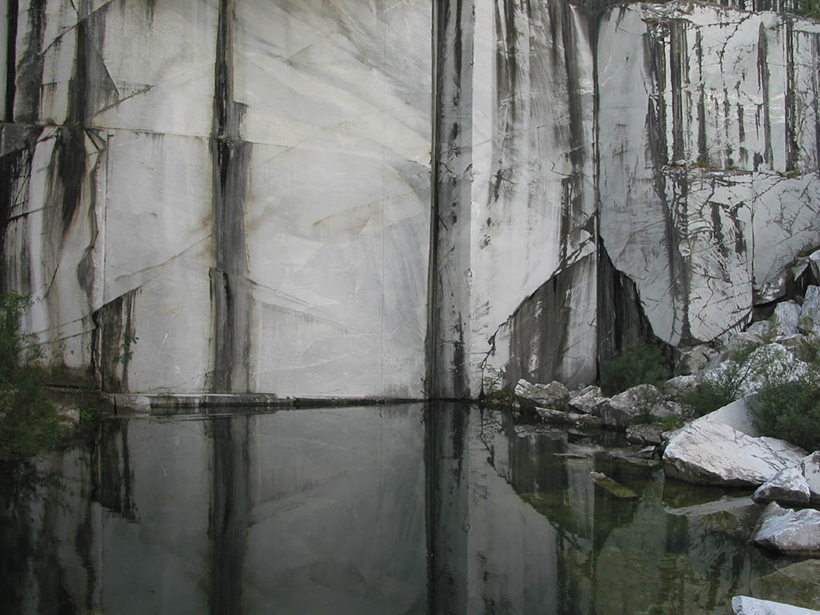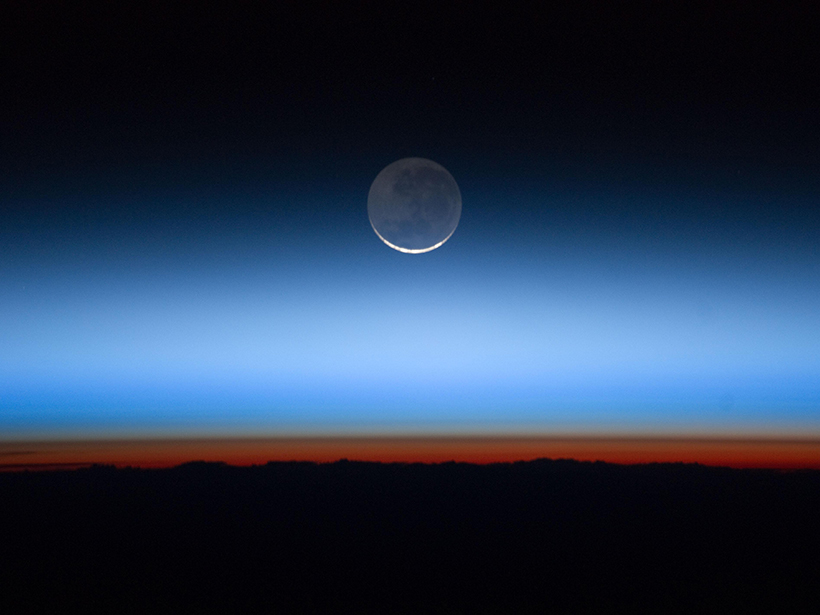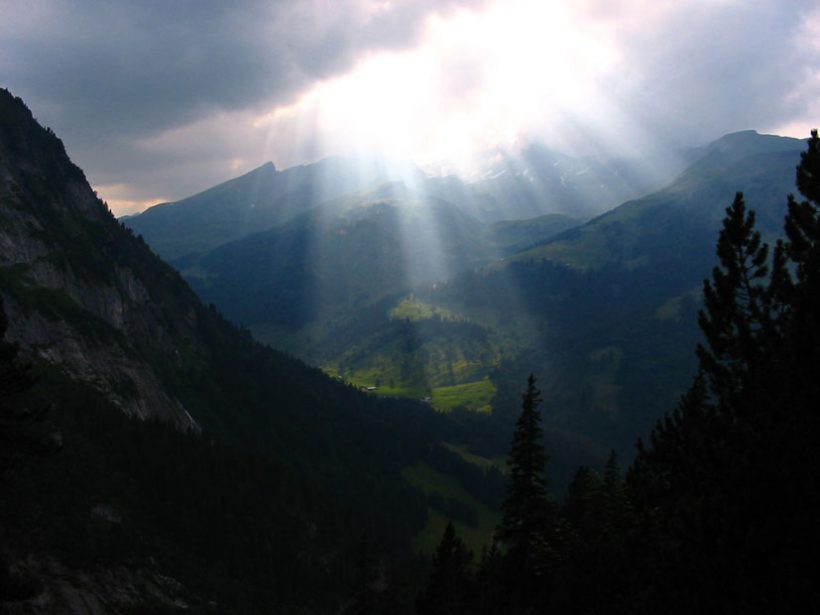Ocean and atmospheric data provide evidence for how sea surface temperatures affect the Southern Annular Mode.
Research Spotlights
Research spotlights are plain-language summaries of recent articles published in AGU’s suite of 24 journals.
How Vague Historical Writings Help Scientists Predict Floods
By including imprecise historical written records in their calculations, researchers were able to decrease uncertainty in estimations of future flood frequency.
New Technique Tracks Rock Deformation at a Micrometric Scale
Scientists explore microscopic marble deformation at high pressures and temperatures using a novel experimental technique that could improve our understanding of rock deformation in nature.
Melting Ice Could Reveal Toxic Cold War Era Waste in Greenland
Unforeseen political disputes could arise as countries assess who's responsible for the cleanup of the Cold War relics.
Mysterious Anomaly Interrupts Stratospheric Wind Pattern
For the first time, scientists have observed a deviation from the typical alternating pattern of easterly and westerly winds in the equatorial stratosphere.
The Role of Seafloor Methane in Ancient Global Warming
New research suggests that release of methane from seafloor hydrates was much slower than hypothesized during a period of rapid global warming about 56 million years ago.
Tremors Reveal the Structure of Deep Glacial Shafts
Seismic waves produced by free-falling meltwater could improve understanding of glacial drainage processes.
Incorporating 3-D Cloud Effects into Weather and Climate Models
Researchers explain how a new radiative scheme can be incorporated into global weather and climate models to better capture the effect of clouds on climate.
How Do Gullies Form on Mars?
New orbiter data support an important role for seasonal frost—not liquid water—in the formation of Martian gullies.
Spotting the Source of Slow Solar Wind
A new study suggests that magnetic reconnection may fuel slow solar winds, which top out at speeds below 500 kilometers per second.









